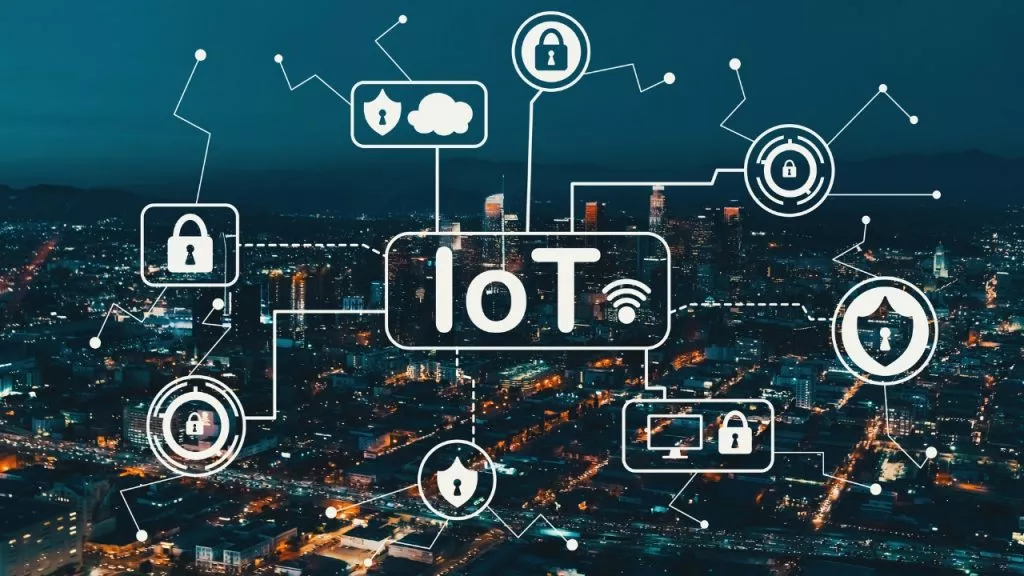The Internet of Things (IoT) represents a significant leap forward in how devices connect and communicate, fostering environments where our homes, workplaces, and cities become smarter and more efficient. This technological evolution has given rise to a complex landscape where numerous devices operate collaboratively. Connecting the dots: unraveling IoT standards and protocols is crucial for ensuring that these devices seamlessly and securely share information across different systems and platforms. This article dives deep into the world of IoT standards and protocols, illustrating their importance, functionalities, and the challenges they address in the IoT ecosystem.
The Significance of IoT Standards and Protocols
IoT standards and protocols are the backbone of device interoperability in our increasingly connected world. They provide a structured framework that enables devices from various manufacturers to communicate effectively, regardless of the technology they employ. For IoT to fulfill its potential, devices must be able to connect across multiple networking environments without compatibility issues, which is only achievable through standardized communication guidelines. These standards not only facilitate device interaction but also enhance security measures, ensure efficient data transfer, and promote scalability by supporting an expanding array of IoT devices and applications.
Exploring Key IoT Protocols
Zigbee: A Protocol for Close-Range Communication
Zigbee is a prominent protocol used for creating personal area networks with small, low-power digital radios. Ideal for applications requiring short-range, low-rate wireless data transfer, Zigbee is extensively utilized in home automation, medical device data collection, and other low-power low-bandwidth needs. It is based on the IEEE 802.15.4 standard and enables robust communication in environments with numerous physical obstructions.
Bluetooth Low Energy (BLE): Enhancing Device Connectivity
Bluetooth Low Energy (BLE) is pivotal for devices requiring short-range communication, often found in health trackers, smart home appliances, and indoor location systems. BLE is celebrated for its minimal power consumption, which extends the battery life of devices. The protocol supports multiple device connections and is widely integrated into smartphones and tablets, allowing for seamless interaction between personal devices and IoT appliances.
LoRaWAN: Connecting Devices Over Long Distances
LoRaWAN stands out for its long-range communication capabilities, making it suitable for smart city applications that require signals to travel long distances, such as street lighting systems and urban sensor networks. The protocol uses low power, which preserves battery life, and its ability to connect over vast distances reduces the need for multiple network hubs, making it cost-effective for large-scale deployments.
MQTT: A Lightweight Messaging Protocol
MQTT (Message Queuing Telemetry Transport) is a messaging protocol designed for situations where a small code footprint is required or network bandwidth is limited. This protocol is essential in IoT for transmitting data between devices and to the server side, facilitating efficient and reliable communication even over unreliable networks.
CoAP: Web Transfer Protocol for Constrained Environments
The Constrained Application Protocol (CoAP) is another key standard designed specifically for simple electronic devices that allow them to communicate over the Internet efficiently. It is similar to HTTP but optimized for constrained environments, making it ideal for interactive operations and M2M (machine-to-machine) applications within IoT.
The Role of Interoperability in IoT

Interoperability is the ability of different IoT systems and devices to work together within a larger network, crucial for the smooth operation of smart systems. It involves a range of technologies, protocols, and standards that allow devices to communicate, offering flexibility and efficiency. Effective interoperability can significantly reduce costs by eliminating the need to replace incompatible equipment or systems, facilitating better data flow and integrated security measures.
Ensuring IoT Security Through Standardized Protocols
As IoT networks become more complex, the potential for security vulnerabilities increases. Standard protocols often include robust security features that protect against threats. Protocols like Zigbee, for instance, provide features such as data encryption and secure key exchange mechanisms to safeguard communications. By employing standardized security measures, IoT devices not only prevent unauthorized access but also ensure the integrity and confidentiality of the data they handle.
The Future of IoT: Emerging Trends and Protocols
The integration of 5G technology promises to drastically enhance IoT capabilities by offering greater bandwidth and lower latency. This advancement will enable more devices to connect and interact in real time, paving the way for innovations such as autonomous vehicles and more sophisticated smart city infrastructures. Furthermore, the development of new IoT protocols and standards will continue to evolve, focusing on enhancing interoperability and security as the technology matures.
Conclusion
In conclusion, Connecting the Dots: Unraveling IoT Standards and Protocols is fundamental to the advancement and expansion of the IoT landscape. By standardizing how devices communicate, we not only enhance their functionality but also ensure they operate securely and efficiently within extensive networks. As IoT continues to evolve, the development of new standards and protocols will be crucial in addressing the challenges of a connected world, ensuring that IoT can meet its full potential in transforming our lives and industries. The journey of IoT is an ongoing process of innovation and standardization, one that requires continual refinement and collaboration across global platforms.


















Leave a Reply